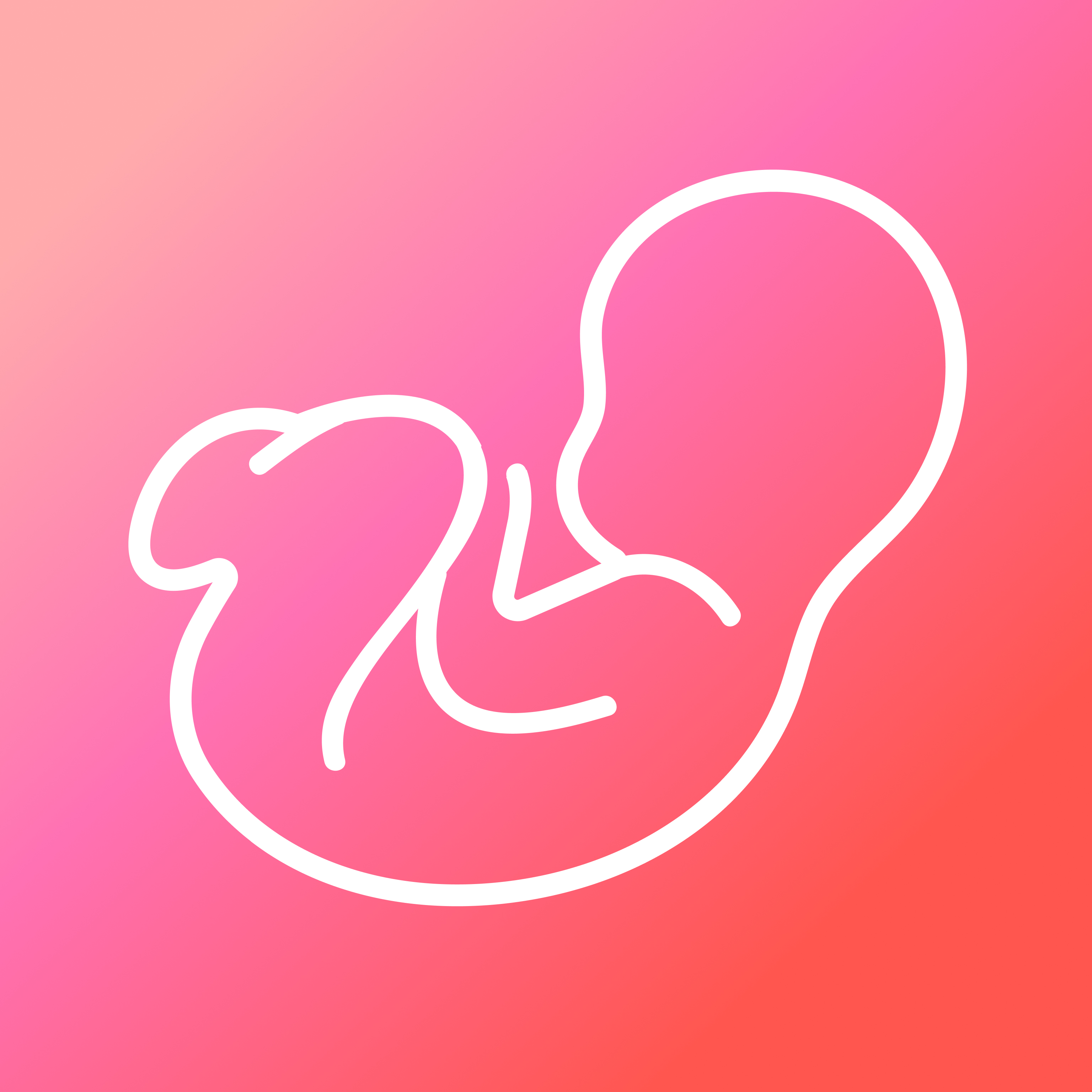Don't wash your babies right after birth! Wait at least a week or two. Rinse bottom if needed, but that's it. The white (vernix caseosa) protective layer on the skin after birth is very beneficial and plays an important role in a healthy immune system and to protect the skin's natural microbiome to the outside world. Baths and use of soaps and fragrant products are the reason why so many babies experience dry skin and other related issues as newborns. They are not dirty. Leave it on, and rub it into the skin like lotion. Use mild/natural things only, if you want to moisturize/wash after a while, like Castile soap, African black soap and breast milk, coconut oil, raw shea butter, jojoba oil, olive oil, etc. Skip the big chain retailer baby products like Dove, Johnson and Johnson, Baby Magic, etc. They are not good!




